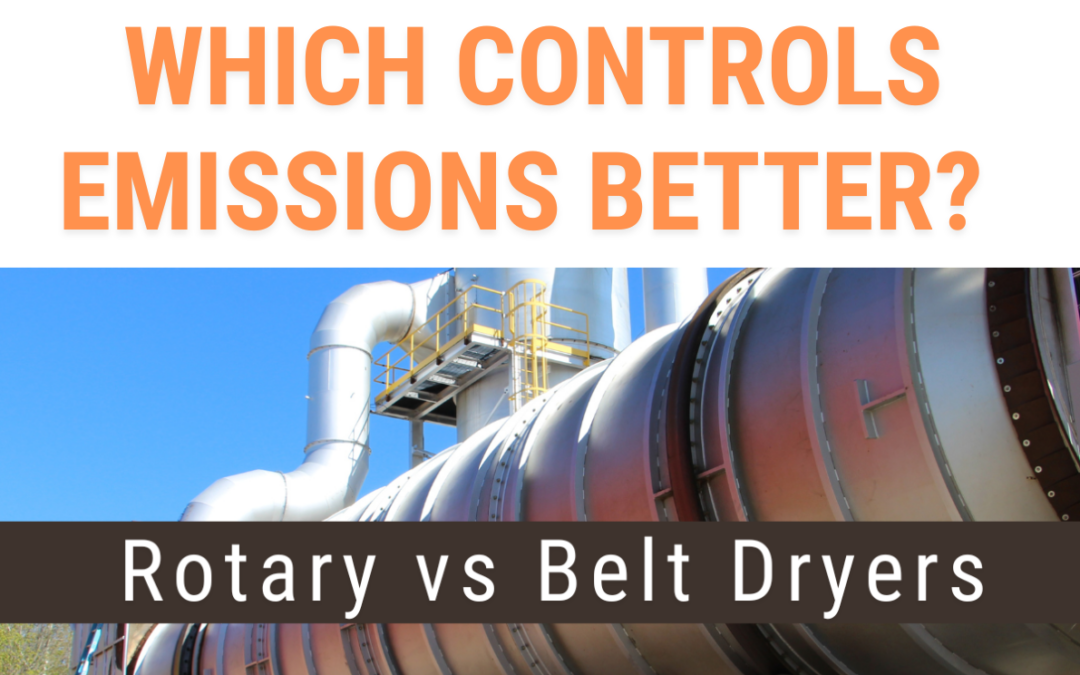Rotary Drum Dryers vs. Belt Dryers: Efficiency & Environmental Impact
With industrial drying, there are two major styles of machinery—rotary drum dryers, like the ones PDI designs and manufactures, and belt dryers. Essential for keeping wood processing plants running smoothly downstream, both styles of dryer will get the job done, but their emissions can vary.
It’s true, belt dryers tend to have lower emissions overall. This is primarily because they operate at lower temperatures compared to rotary drum dryers. The gentler drying process of a belt dryer leads to reduced energy consumption.
However, rotary drum dryers, the styles PDI designs, operate at much higher temperatures to achieve aggressive drying. This can result in higher emissions, particularly if the system isn’t properly optimized. Choosing the right sized dryer for your operation is a critical component of that optimization.
Proper sizing of the rotary drum, especially a well-calculated single-pass drum, can significantly reduce the emissions produced. A single-pass drum allows for more efficient drying with lower energy consumption, which in turn reduces the overall environmental impact. This is why at PDI we preach selecting the right sized dryer for your specific project, and each of our dryers is a custom design just for that reason.
Although the initial cost might be higher for the right-sized drum, the system remains cost-effective over time because of its ease of maintenance and lower operational costs in comparison to belt dryers.
Rotary drum dryers from PDI, with their aggressive drying capability, are made more environmentally friendly by properly sizing the drum, and they offer significant benefits in terms of ease of maintenance and long-term cost savings.
Contact us today to learn how PDI rotary drum dryer can solve your mill’s drying problems.
